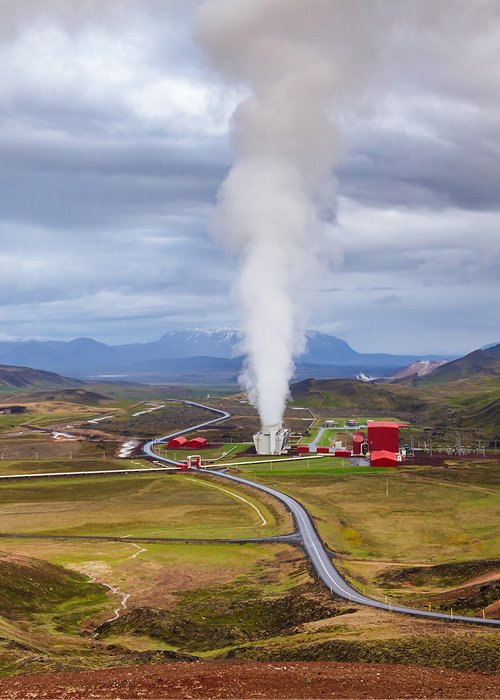The Earth has its own internal energy, that is responsible for the dynamics of our planet, and volcanic activity is its most evident example, however, this energy also spreads silently and continuously towards the surface in the form of heat: this occurs in every spot of the Earth, even in those areas which do not seem to have any volcanic or geologic activity.

